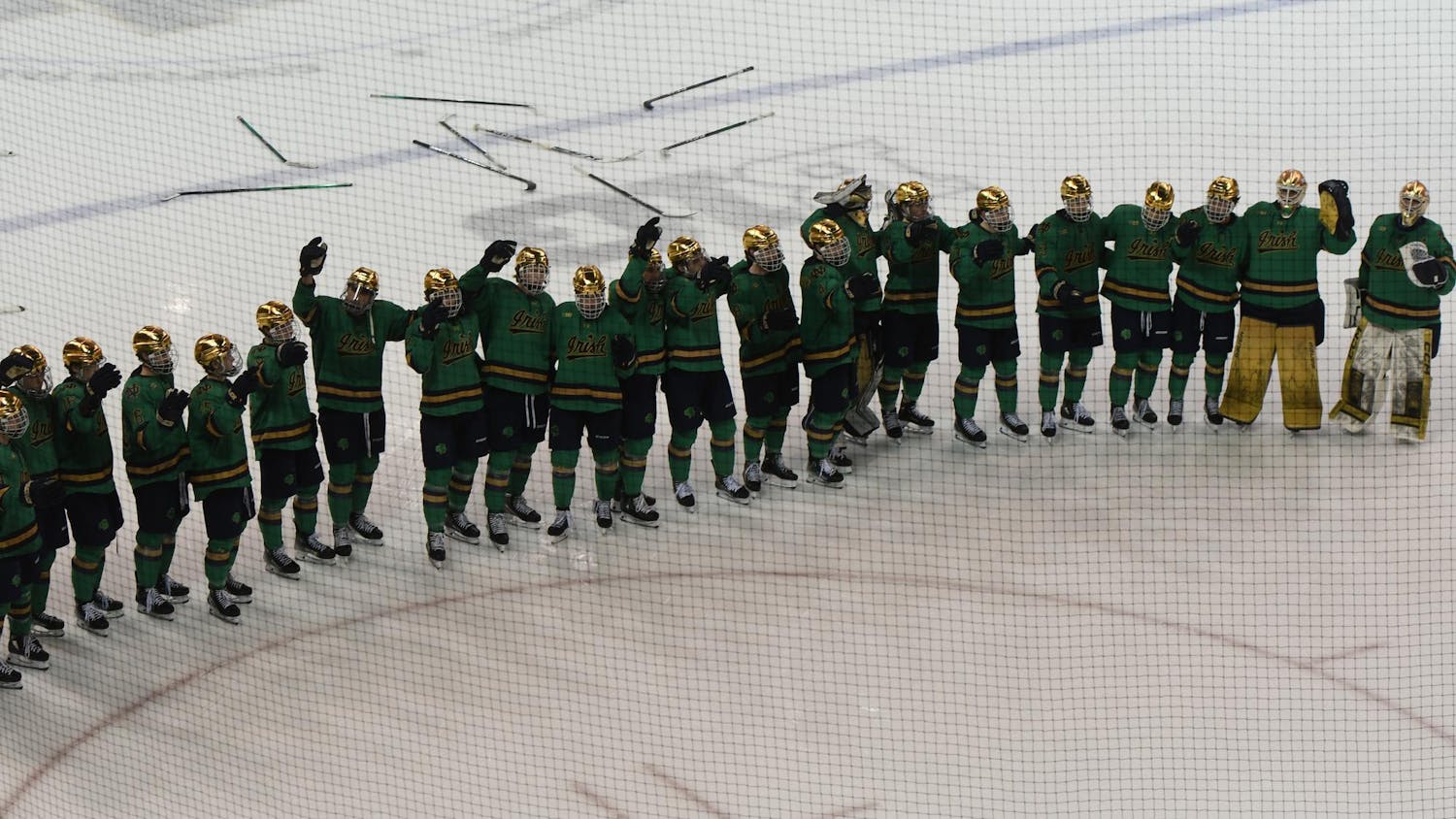What makes the release of the FBI documents by Yahoo! Sports on Friday so relevant? It’s not the fact that the NCAA tournament is around the corner and could be missing some of college basketball’s biggest programs. It also isn’t that my colleague Marek Mazurek was right last week when he said the NCAA is a morally defunct institution. It’s that once again, the NCAA has proved that it needs to consider paying its athletes.
There’s no question about the immorality of the actions of ASM Sports, Andy Miller and Christian Dawkins. It’s clear their intention to funnel money to star recruits was motivated simply by the business advantages that such “loans” would provide them down the road when the players in question turned pro and signed with ASM. In other words, it was about the money and not about the players. But that brings up another point—why do the players need the money?
I’m not one to say that all the players need the cash so bad that they had to take it. Nor am I one to say the very fact that these players are getting educated for free — oftentimes at premier academic institutions — isn’t valuable either. But in cases like these, we have to keep in mind that there are three sides to the story and to the NCAA: it’s role as an organizer, as a business and as a pipeline.
For most college sports, the NCAA’s principal role serves as an organizer and overseer, making sure everyone is on the same page and providing the platform for schools to remain fair and consistent with funding, scheduling and the like, and for student athletes to have the security and support they need to even have the opportunity to play collegiately. This is the organization’s public front. On its website, the NCAA lists its priorities as “Academics,” “Well-being” and “Fairness.”
But the organization is also a business. A billion dollar business. It runs a monopoly on college sports, but with one catch. The one’s earning the money — the athletes — don’t receive a dime for their labor, despite oftentimes committing at least 40 hours a week to sports.
The NCAA tries to counteract this with scholarships and academic aids to help “ease” the burden. Compared to the money schools invest in athletics, however, it’s not even close. It’s also why cheating and academic scandals exist; schools try and cut corners to keep students eligible and keep teams competitive. Why? Because college sports are a business as well. The top schools earn hundreds of millions in revenue from athletics, money that can be used in a variety of different ways to help the institution. But, to keep that money coming in, schools have to make sure the earners — the athletes — are available to play.
And then there’s the pipeline consideration. While the college football and basketball players that go pro may be an overwhelming minority within the student athlete population, the reality is football and basketball are far and away the most lucrative divisions of college sports.
For those that are talented enough that college is simply a stepping stone to the pros, the NCAA mostly stands in the way of those individuals, not only by forcing them to go to school and abide by regulations that limit their athletic development, but by also robbing them of the chance to earn a salary, and even more importantly by using their image for marketing without any reimbursement. It’s clearly a power dynamic that leaves little wiggle room for those athletes who are set to be making profitable salaries, but in the meantime, are pawned by the NCAA to the tune of millions in revenue.
Unless the NCAA stops trying to focus entirely on its so-called “mission” of helping student athletes and recognizes that its greed lends itself to corruption on numerous fronts, these issues won’t be fixed. The fact that some of college basketball’s biggest schools and names were mentioned in the report just shows how serious the nature of the mess is.
There is a clear disparity between the reality of the situation and the way the NCAA goes about its business. It’s time for the organization to take a cold, hard look at the facts, give college athletes what they deserve and have a real impact both in and out of the classroom.
Read More
Trending









